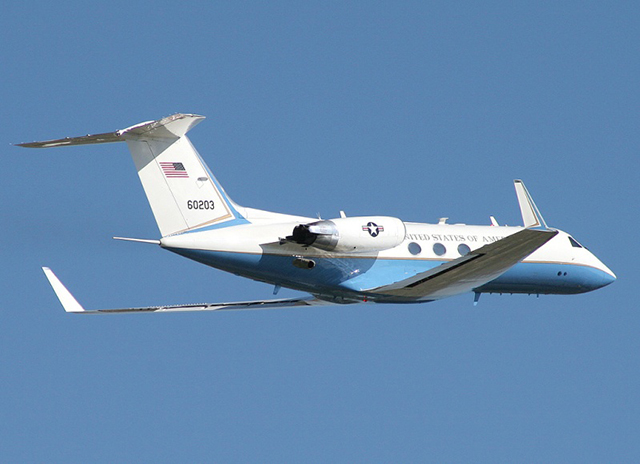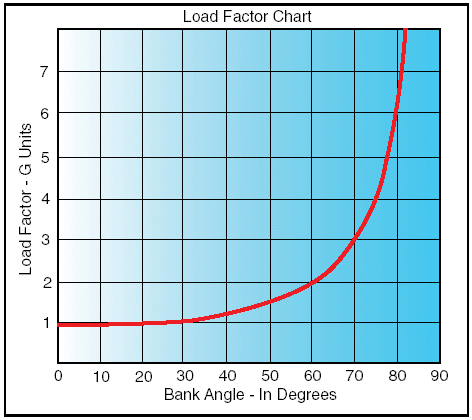Smoothness was something we graded and constantly evaluated in a former life of mine, but we could do that. We trained two hours for every hour we flew operationally.
— James Albright

Updated:
2012-04-24
These days I try very hard to de-emphasize smoothness in takeoffs and landings, where it is more important to achieve performance numbers than it is to deceive your passengers into thinking they are not actually travelling in a hollow aluminum tube at speeds unknown to nature and altitudes unable to support human life. But there are still places where flying smoothly is actually flying more safely. So here are the lessons from my sordid past with application to today's real world. . . .

Don't be a jerk.
At the 89th Airlift Wing, home to Air Force One and all those other pretty blue, white, and gold airplanes, the training was rigorous and the standards were high. Nowhere else in my experience could you fail a check ride for simply being a little rough on the controls. A friend busted his initial captain’s check because his landings were “a bit firm.”
“They can’t do that,” he complained.
“They can,” I said, “and they did.”
I thought it was great. Not everyone shared that view and there was some variation in techniques.
“Don’t use the thrust reversers unless you have to,” said one camp, “they are noisy and can spoil the feel of any otherwise good landing.”
“Use as much reverse as you can,” said the other camp, “as soon as you can. They are useless at low speeds and by the time you figure out you need them, it is too late.”
I belonged to the second faction, reasoning that passengers have to put up with a few inconveniences flying in a hollow aluminum tube at eight-tenths the speed of sound at altitudes incapable of sustaining human life. There is a price to be paid for speed.
While about half our pilots agreed with the “use it all” approach to reverse thrust, everyone agreed there was a premium on smoothness. My “passengers have to put up with a few inconveniences” argument wasn’t an acceptable reason, however. We wanted to at least preach the mantra of passenger comfort, even if there were exceptions.
The best argument I heard in support of the reversers came from a fellow engineer. “Minimize the jerks,” he would begin his lesson plan.
Jerk, as any graduate of sophomore engineering physics could tell you, is the third derivative of position, the rate of change of acceleration, which is the second derivative of position, which is also known as velocity. More simply put, if you divide a change in position by time, you get velocity. If you divide a change in velocity by time, you get acceleration. Divide again? Jerk. Jerkiness, in other words, is a rapid change in acceleration. Pilot’s lesson: do things smoothly.
“You can jump on the brakes,” the engineer-turned-pilot would say, “but you need to make the deceleration as constant as you can. From the cabin everyone knows you have to slow down, just do it smoothly.”
From way back in the Boeing 707 I could tell if a pilot was a jerk from the moment he or she pulled out of the chocks. The nose wheel tiller on that airplane was very sensitive. A one degree movement of that tiller could move the nose wheel with such force as to knock the flight attendant off his or her heels. So you learned to move that tiller with pressures, not movement. As sensitive as that thing was, the 747 tiller was even worse. The Gulfstream’s? Not bad, but it was still a good jerk detector.

Apply small pressures to the nose wheel tiller to avoid taxi jerkiness: apply a small pressure and wait to see the response before adjusting pressure.
Some of our Gulfstream pilots would purposely limit takeoff pitch angle in an attempt to deliver smoothness on the initial climb, while our DC-9 pilots would happily double our pitch on initial rotation. “We aren’t going to have this climb rate up high,” they explained, “we might as well take advantage of it while we can.”
Using the same thought process we applied to thrust reversers, our faction believed you can haul the nose up as high as the airplane was capable, just don’t go negative (G’s) at any point.

High deck angles are permissible on takeoff and initial climb out, so long as all negative G forces are avoided when reducing pitch.
In level flight, high bank angles will increase the G forces on the aircraft and passenger discomfort. Most passenger aircraft flight directors will limit bank angles to less than 25 degrees where G forces are negligible.
Rapid changes in bank direction, however, are easily perceived. The same can be said with pitch changes: a rapid change in pitch which results in a perceived “seat of the pants” sensation should be avoided.
On landing jerkiness on wheel brakes can be avoided if the pilot understands brake effectiveness increases as the temperature increases from the cold soaked condition, therefore increased pedal deflection may not be necessary.

On landing apply wheel brakes with an initial pressure and wait for a reaction; cold-soaked brakes rapidly increase effectiveness as temperature rises during initial application.


